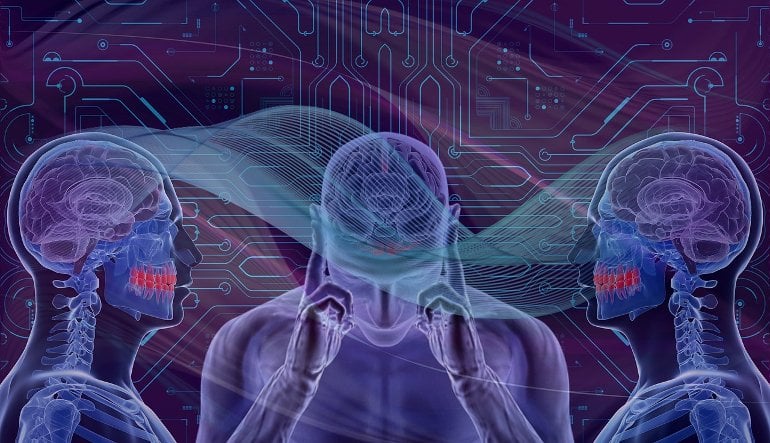Summary: Memory formation requires higher-frequency ripples in the hippocampus and lower-frequency ripples in the parietal cortex. However, to make a memory stick, coordinated high-frequency ripples between the hippocampus and parietal cortex are required.
Source: Columbia University
Neuroscientists know that what makes a memory really stick is reconsolidation, when a new memory is reactivated by identical or similar experiences, stimulating the creation of additional and stronger neural connections.
If researchers can better understand what happens in the brain during reconsolidation, new ways to strengthen memories weakened by dementia or to suppress unwanted memories in post-traumatic stress disorder potentially could be created.
Oscillations in the brain’s electrical activity—aka brain waves—are already known to play a role in the creation of new memories. So a team of Columbia neuroscientists led by Jennifer Gelinas, MD, Ph.D., assistant professor of neurology at Columbia University Vagelos College of Physicians and Surgeons, set out to determine how brain oscillations interact to help memories strengthen.
To accomplish this, the neuroscientists recorded the brain oscillations of rats as they navigated a maze, finding water rewards they remembered and encountering new ones.
The findings are published in the journal Proceedings of the National Academy of Sciences.
The recordings revealed that the coordination of brain oscillations between two brain regions (hippocampus and parietal cortex) plays a key role in solidifying long-term memories and differs from the brain oscillations primarily involved in creating initial memories.
To make a memory stick, coordinated interaction between high frequency ripples in the brain’s hippocampus and high frequency ripples in the parietal cortex was required, whereas memory creation required high frequency ripples in the hippocampus and lower frequency oscillations in the cortex.
Simply by looking at the brain recordings, the investigators could determine if rats were learning a new memory or strengthening an older one.

The findings suggests that different mechanisms are at play when memories are consolidated and reconsolidated, which has potential clinical implications.
“Many neurologic conditions are characterized by either underactive or overactive retention of long-term memories,” says Gelinas. “It’s possible that some of these oscillations we’ve identified are deranged in these conditions. A better understanding of these processes could lead to new ways of diagnosing and treating these memory issues.”
The team is now applying these findings to models of neuropsychiatric disease with the goal of identifying new opportunities for improving memory function.
About this memory research news
Author: Press Office
Source: Columbia University
Contact: Press Office – Columbia University
Image: The image is in the public domain
Original Research: Closed access.
“Hippocampal–cortical coupling differentiates long-term memory processes” by Prawesh Dahal et al. PNAS
Abstract
Hippocampal–cortical coupling differentiates long-term memory processes
Reactivation of long-term memories enables experience-dependent strengthening, weakening, or updating of memory traces.
Although coupling of hippocampal and cortical activity patterns facilitates initial memory consolidation, whether and how these patterns are involved in postreactivation memory processes are not known.
Here, we monitored the hippocampal–cortical network as rats repetitively learned and retrieved spatial and nonspatial memories.
We show that interactions between hippocampal sharp wave–ripples (SPW-R), cortical spindles (SPI), and cortical ripples (CXR) are jointly modulated in the absence of memory demand but independently recruited depending on the stage of memory and task type.
Reconsolidation of memory after retrieval is associated with an increased and extended window of coupling between hippocampal SPW-Rs and CXRs compared to the initial consolidation. Hippocampal SPW-R and cortical spindle interactions are preferentially engaged during memory consolidation.
These findings suggest that specific, time-limited patterns of oscillatory coupling can support the distinct memory processes required to flexibly manage long-term memories in a dynamic environment.






